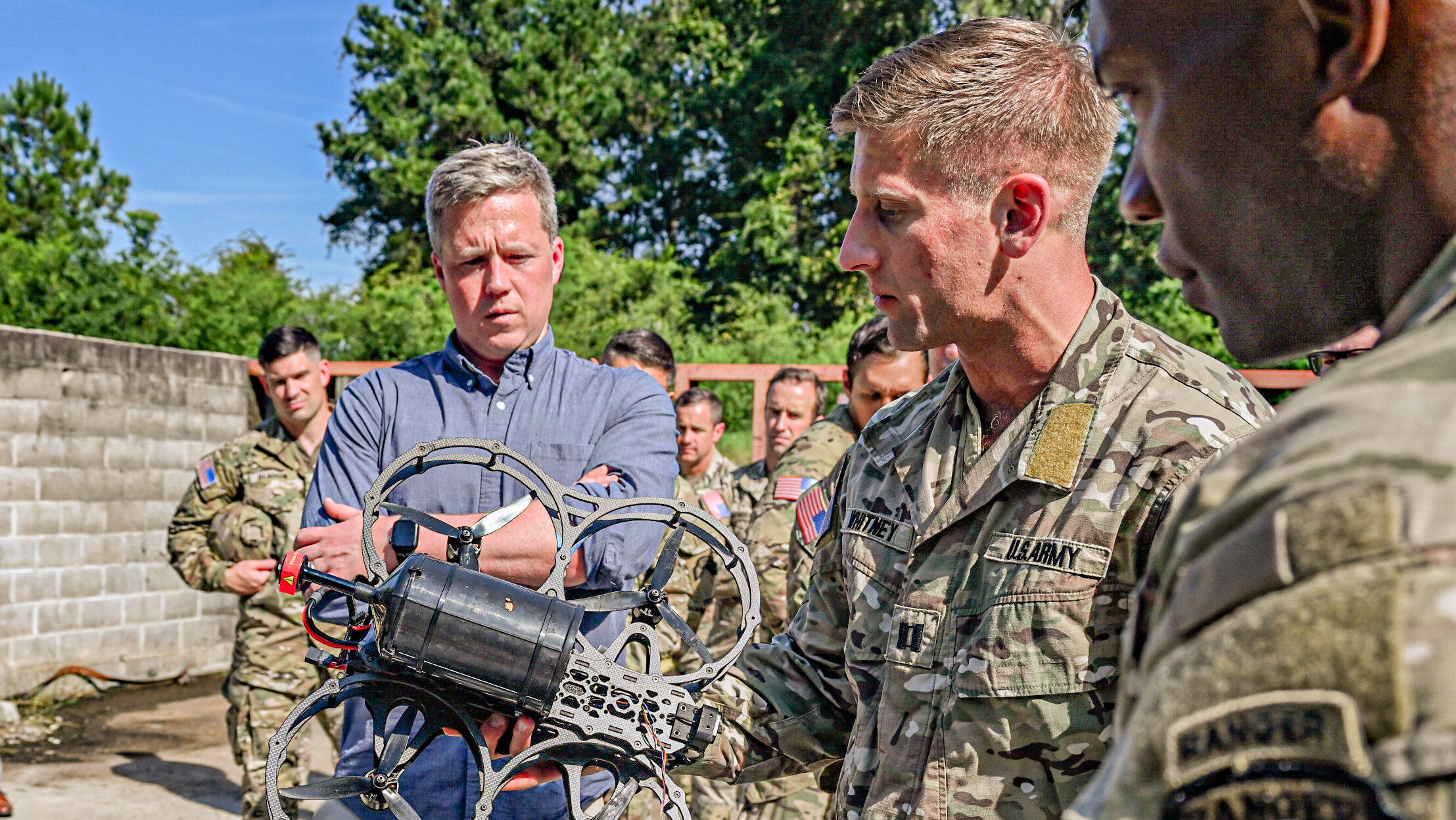The U.S. Army is reevaluating its procurement strategy, moving away from traditional prime defense contractors in favor of smaller, innovative vendors. Army Secretary Dan Driscoll emphasized this shift during a media roundtable in Washington on November 7, 2023, stating that the Army aims to make its acquisition process more agile and efficient.
According to Driscoll, the Army’s previous approach relied heavily on purpose-built military solutions, with approximately 90 percent of its purchases falling into this category. He argued that the defense industrial base, particularly large prime contractors, misled the American public and the Pentagon into believing that only military-specific products could meet operational needs. “A lot of these commercial solutions are equal to or better,” he asserted. “We’ve actually harmed ourselves with that mentality.”
The Army’s recent decision to overhaul its acquisition structure reflects a significant transformation in its purchasing strategies. Driscoll outlined a new goal: to shift the balance to 90 percent commercially available products and 10 percent military-specific solutions. This change is designed to enhance the speed at which weapons systems are delivered to soldiers, acknowledging that scalability is crucial in large-scale conflicts.
While calling for efficiency from prime contractors, Driscoll also recognized that the Army has contributed to inefficiencies in the procurement process. He stated, “When I meet with primes, I highlight how bad of a customer we have been… We created and incentivized [the current characteristics of primes] over a long period of time.” This acknowledgment of mutual responsibility aims to foster an improved relationship between the Army and its suppliers.
The Army’s revised approach is not only about engaging with smaller companies but also involves consolidating its acquisition framework. Changes include a reduction in the number of general officers overseeing acquisitions and a restructured reporting system to facilitate better communication and decision-making.
During the same roundtable, Army Chief of Staff Gen. Randy George noted that the Army has already begun integrating commercial products into its operations. For instance, it is using General Motors engines for its infantry squad vehicles and is exploring Caterpillar engines for the next-generation Abrams tank, the M1E3. “There are companies out there that do this that we can definitely take advantage of, and that’s what we’re doing,” George remarked, highlighting the potential benefits of engaging with commercial vendors.
This transition aligns with the broader defense strategy outlined by Defense Secretary Pete Hegseth, who also addressed defense CEOs earlier this month. Hegseth stated that the Army would be open to acquiring “the 85 percent solution” and iterating towards a complete solution over time, even if that meant accepting some level of non-compliance. His comments reinforced the intention to embrace greater acquisition risks to mitigate operational risks.
The Army’s pivot to nontraditional vendors and commercial solutions represents a significant shift in defense procurement practices, aiming to enhance readiness and responsiveness in a rapidly evolving security environment. This approach not only seeks to streamline operational processes but also opens doors for innovation in defense capabilities. As the Army moves forward, the emphasis will be on collaboration with both traditional and nontraditional partners to meet future challenges effectively.






